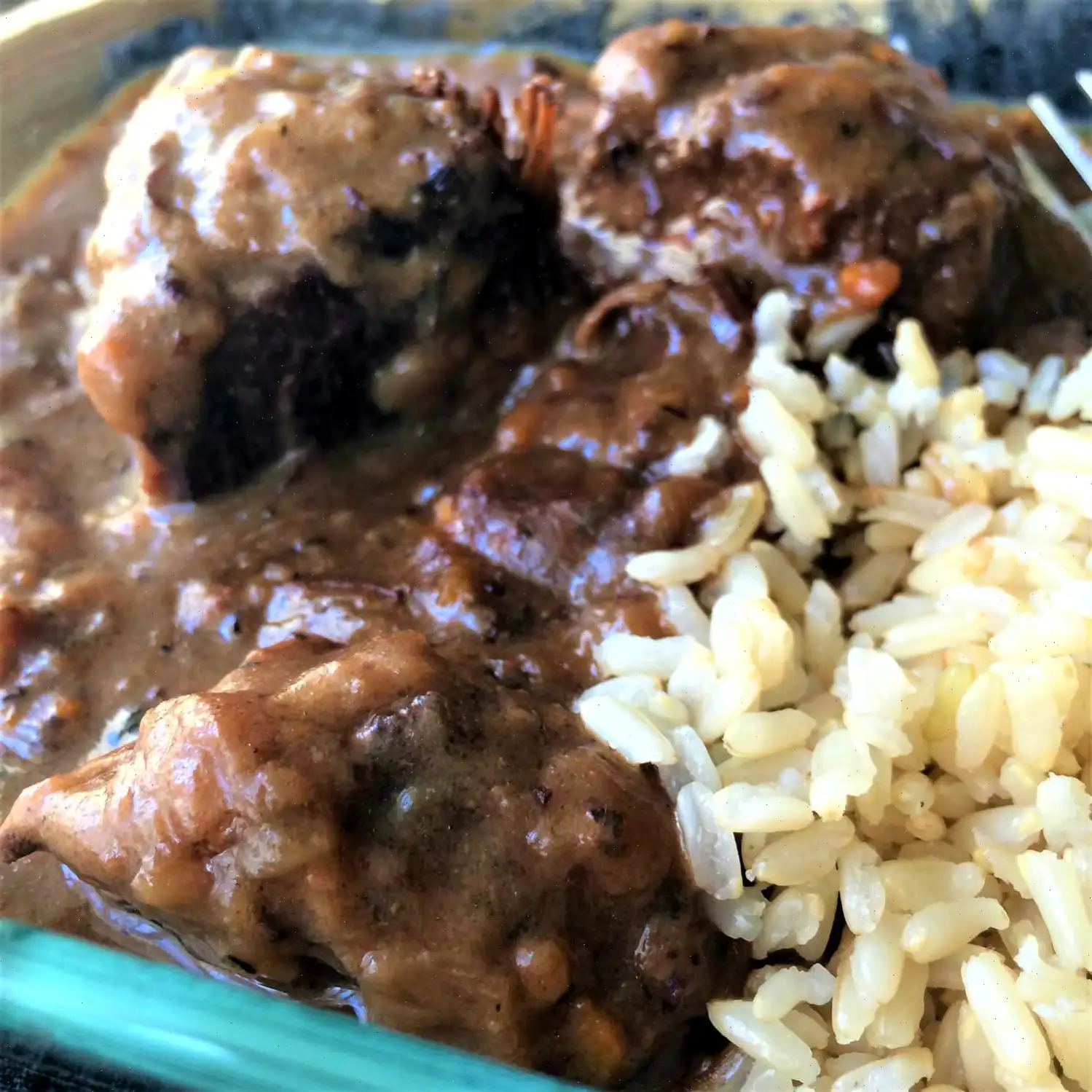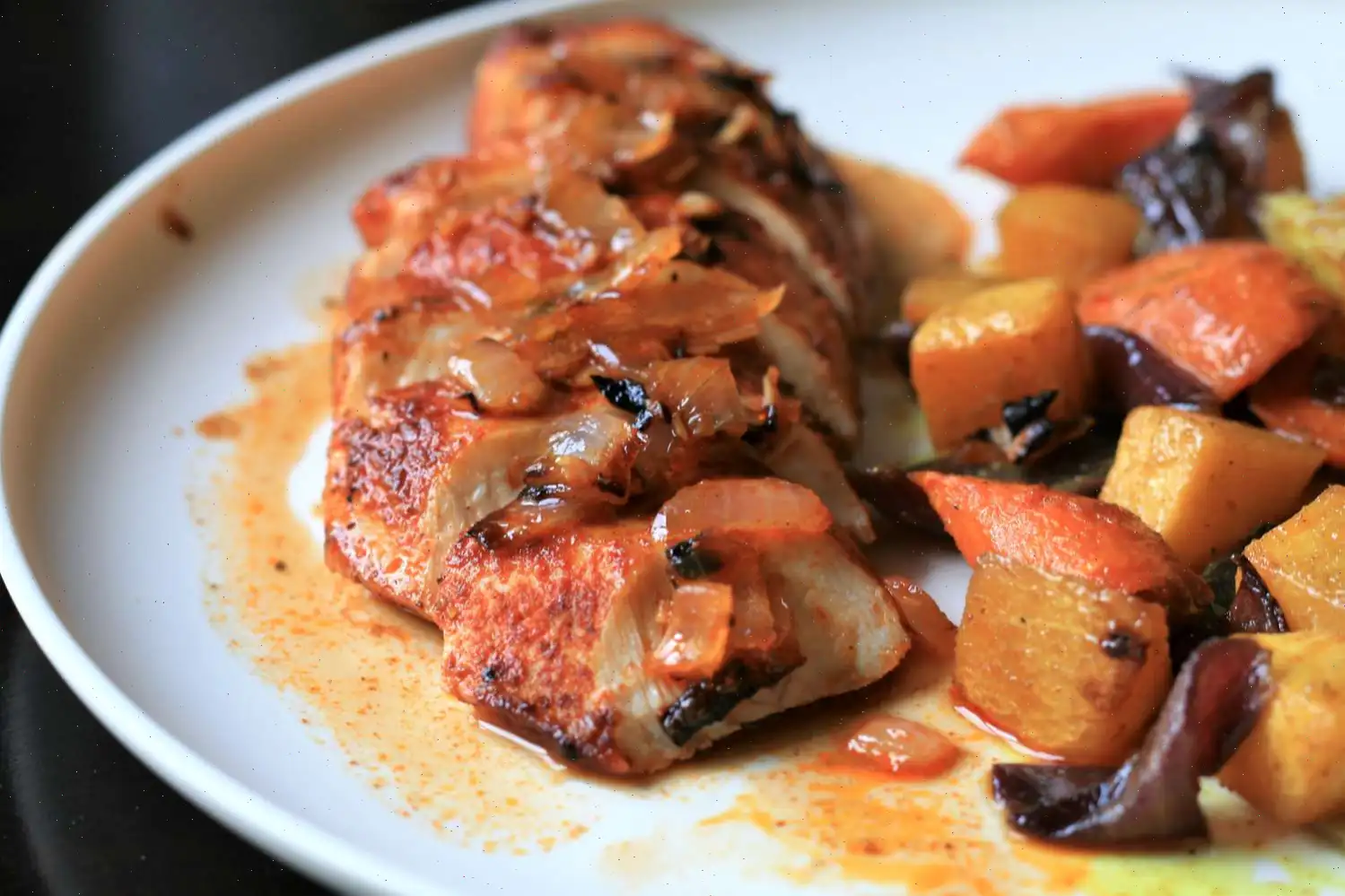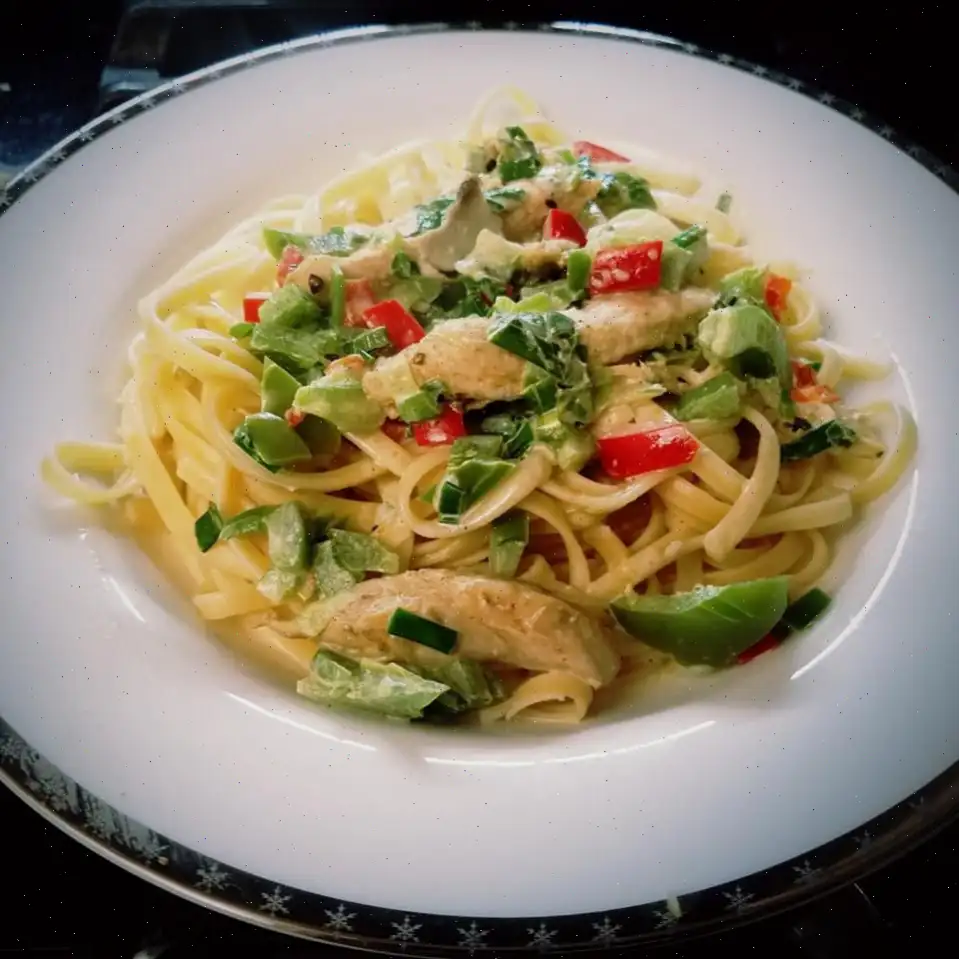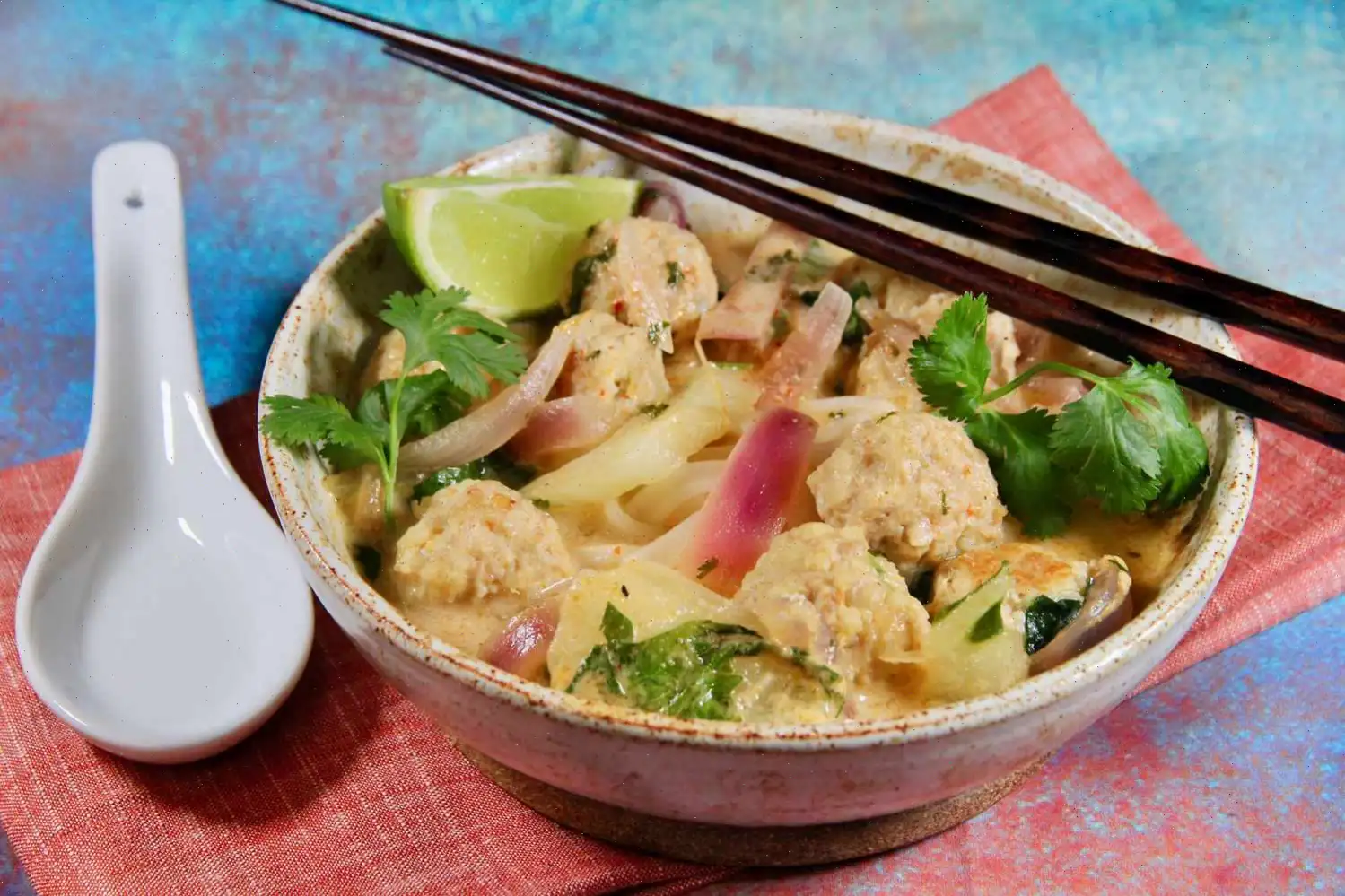
Pasta e Ceci (Italian Chickpea and Pasta Stew) Recipe
Ingredients (Original Recipe Yields 6 Servings):
- 1 cup dry chickpeas
- 1 tablespoon baking soda
- 1 yellow onion
- 1 stalk celery
- 1 small zucchini
- 1 carrot
- 2 tablespoons olive oil
- 1 sprig fresh sage leaves
- 1 sprig fresh rosemary
- 1 sprig fresh thyme
- 3 cups chicken broth (or more as needed)
- 2 peeled whole canned tomatoes
- 8 1/2 ounces ditalini pasta (such as Barilla Gluten Free Ditalini)
- Salt and freshly ground black pepper to taste
- 1 fresh cayenne pepper, seeded and minced (or more to taste)
- 1 tablespoon extra virgin olive oil
Directions:
- Rinse chickpeas under cool water. Rub them together with your hands under the water to wash away any dirt. Place the chickpeas in a large stew pot, cover with water, and add the baking soda. Swirl the chickpeas and water to evenly distribute the baking soda. Let them soak for 8 hours or overnight.
- The next day, drain the chickpeas through a strainer and rinse them well under cold running water, removing any skins or discolored chickpeas. Set aside.
- Grate the onion, celery, zucchini, and carrot using the large side of a cheese grater. This step is crucial as grated vegetables release more flavor than diced ones.
- Heat 2 tablespoons of olive oil in the stew pot over medium heat. Add the grated vegetables and saut for 1 minute.
- Add the sage, rosemary, and thyme to the pot and continue sauting, stirring occasionally, until the onions become soft and translucent, about 5 minutes.
- Pour in 3 cups of broth, add the chickpeas and tomatoes. Bring to a boil, then reduce the heat to low and let it simmer until the chickpeas are tender, about 1 hour.
- Stir in the ditalini pasta. Add more broth if necessary to reach a thick, stew-like consistency. Cook until the pasta is al dente, about 8 to 10 minutes.
- Season with salt and black pepper to taste. Remove from heat and divide the stew among serving bowls.
- Top each bowl with minced cayenne pepper and drizzle with extra virgin olive oil before serving.
Nutrition Facts (per serving):
- Calories: 378
- Total Fat: 10g (13% Daily Value)
- Saturated Fat: 1g (7% Daily Value)
- Cholesterol: 2mg (1% Daily Value)
- Sodium: 1172mg (51% Daily Value)
- Total Carbohydrates: 59g (22% Daily Value)
- Dietary Fiber: 8g (28% Daily Value)
- Total Sugars: 10g
- Protein: 14g (29% Daily Value)
- Vitamin C: 21mg (23% Daily Value)
- Calcium: 61mg (5% Daily Value)
- Iron: 3mg (19% Daily Value)
- Potassium: 741mg (16% Daily Value)
* Percent Daily Values are based on a 2,000 calorie diet. Your daily values may be higher or lower depending on your calorie needs.
** Nutrient information is not available for all ingredients. Amounts are based on available nutrient data.
The Origins of Pasta e Ceci
Pasta e Ceci, often referred to as the Italian chickpea and pasta stew, has its roots deeply embedded in traditional Italian peasant cuisine. Dating back to the Roman Empire, chickpeas were a staple protein source for the poor, as meat was expensive and scarce. Over centuries, humble ingredients like dried chickpeas, simple pasta, and aromatic herbs were transformed into a nourishing and hearty dish that could sustain families during long winters. The dish embodies the essence of Italian cucina poverasimple, local ingredients prepared with care and flavor.
Regional Variations
Though Pasta e Ceci is enjoyed across Italy, its preparation varies regionally. In Lazio, near Rome, the stew often features a thicker consistency with short pasta shapes like ditalini or broken spaghetti, flavored with rosemary, sage, and sometimes garlic. In southern regions such as Campania, cooks may incorporate tomato puree for a richer, slightly tangy flavor. Northern Italian versions, like in Tuscany, might include pancetta or a drizzle of high-quality olive oil to enhance depth. Each region reflects local ingredients and traditions, giving the same dish a subtly distinct character depending on where it is made.
Distinctive Qualities Compared to Similar Dishes
While it might resemble minestrone or other legume-based soups, Pasta e Ceci is unique for its balance of chickpeas and pasta in a thick, stew-like consistency rather than a watery broth. Unlike lentil soups, the chickpeas maintain a firm texture that pairs beautifully with small pasta shapes. The grated vegetables in this recipe, rather than diced, release natural sweetness and create a smoother texture that sets it apart from chunkier Italian soups.
Typical Serving Occasions
Pasta e Ceci is most often served as a comforting dinner or lunch, particularly in cooler months. Traditionally, it is enjoyed in family homes across Italy, but it also appears in trattorias and rustic Italian restaurants, often accompanied by crusty bread and a drizzle of extra-virgin olive oil. It is a versatile dish that can function as a starter, a main course, or even a light supper, depending on portion size.
Interesting Facts
- Chickpeas, the main ingredient, have been cultivated in the Mediterranean for over 7,000 years.
- Some Italian families insist on soaking chickpeas overnight with baking soda to achieve the perfect creamy texture.
- The dish is sometimes linked to Roman cicerchia, an ancient legume stew, showing its long culinary lineage.
- Adding a small amount of cayenne or chili is a modern twist that enhances the flavor without overpowering the traditional profile.
- Despite its humble origins, Pasta e Ceci has gained recognition worldwide as a nutritious vegetarian option rich in fiber and protein.
FAQ about Pasta e Ceci (Italian Chickpea and Pasta Stew) Recipe
Comments
Linda Taylor
05/04/2023 06:25:43 PM
Walmart carries ditalini pasta, available both in-store and for shipping. I'm not a fan of chickpeas, but this soup actually makes them quite enjoyable.
Brandon Phillips
10/13/2024 04:50:21 PM
I substituted veggie broth instead.
Debra Nguyen
12/06/2022 09:54:16 PM
If you follow a vegetarian diet, you can opt for vegetable broth instead.








